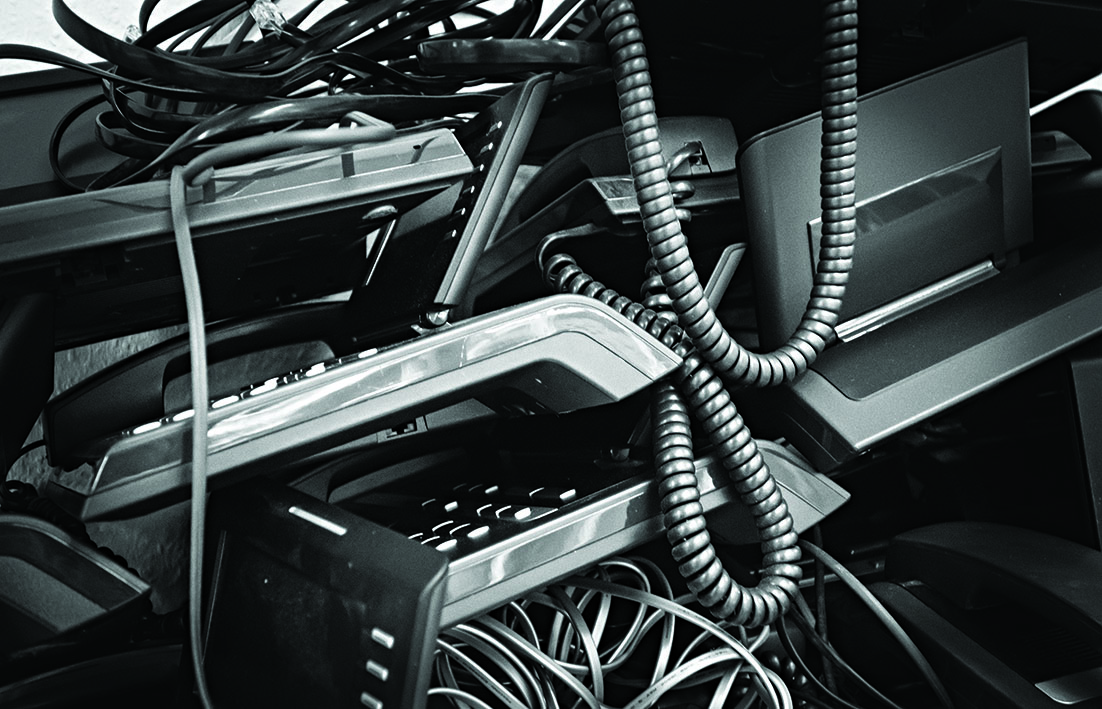
AN e-waste to landfill ban came into force last week banning batteries, mobile phones, televisions, computers, light globes and fluorescent tubes, large white goods and professional medical devices.
Funding of $14 million has been committed to implementation, which includes support for policy and regulatory changes, infrastructure grants for new e-waste collection and recycling infrastructure, and community education.
The ban is aimed at industry rather than households, with banned items having recovery pathways in place to ensure a smooth transition, aligning with national product stewardship arrangements, and supporting local industry capacity.
Householders can assist by properly disposing of e-waste by using the Recycle Right website and app, Find My Nearest – Recycle Right.
This search engine displays local options for dropping off e-waste items either through participating retailers, or local council drop-off points.
According to DWER Director Circular Economy Adrian Wiley, e-waste had become one of the fastest-growing waste streams in Australia and the ban would assist in the recovery and reuse of valuable materials that may otherwise be lost to landfill.
“The initiative will help build local industry, as well as assist in creating a more circular economy,” Mr Wiley said.
“While this ban is aimed at industry, I encourage everyone to dispose of their e-waste at appropriate facilities, especially for batteries, which should never be disposed of in the bin.”